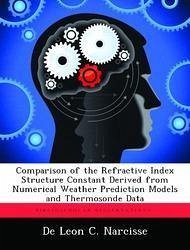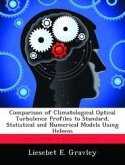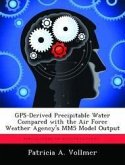An accurate depiction of atmospheric turbulence is required for successful employment of a viable airborne laser for the Department of Defense (DOD). The Airborne Laser (ABL) System Program Office (SPO), which is tasked by the Missile Defense Agency (MDA), has not designated any particular numerical weather model that is used exclusively to model optical turbulence. This research compares the Critical Laser Enhancing Atmospheric Research (CLEAR) I, 2 X CLEAR I and thermosonde derived values of the refractive index structure constant (C 2/n) to (C 2/n) values derived from several numerical weather prediction models currently in use by the DOD. The models used were the Fifth Generation Mesoscale Model (MM5), the Coupled Ocean Atmosphere Prediction System (COAMPS), and the Advanced Climate Modeling and Environmental Simulation (ACMES) method. Comparisons are presented using thermosonde data collected at Vandenberg AFB, California during the period 19-26 Oct 2001 Universal Time Coordinated (UTC).








